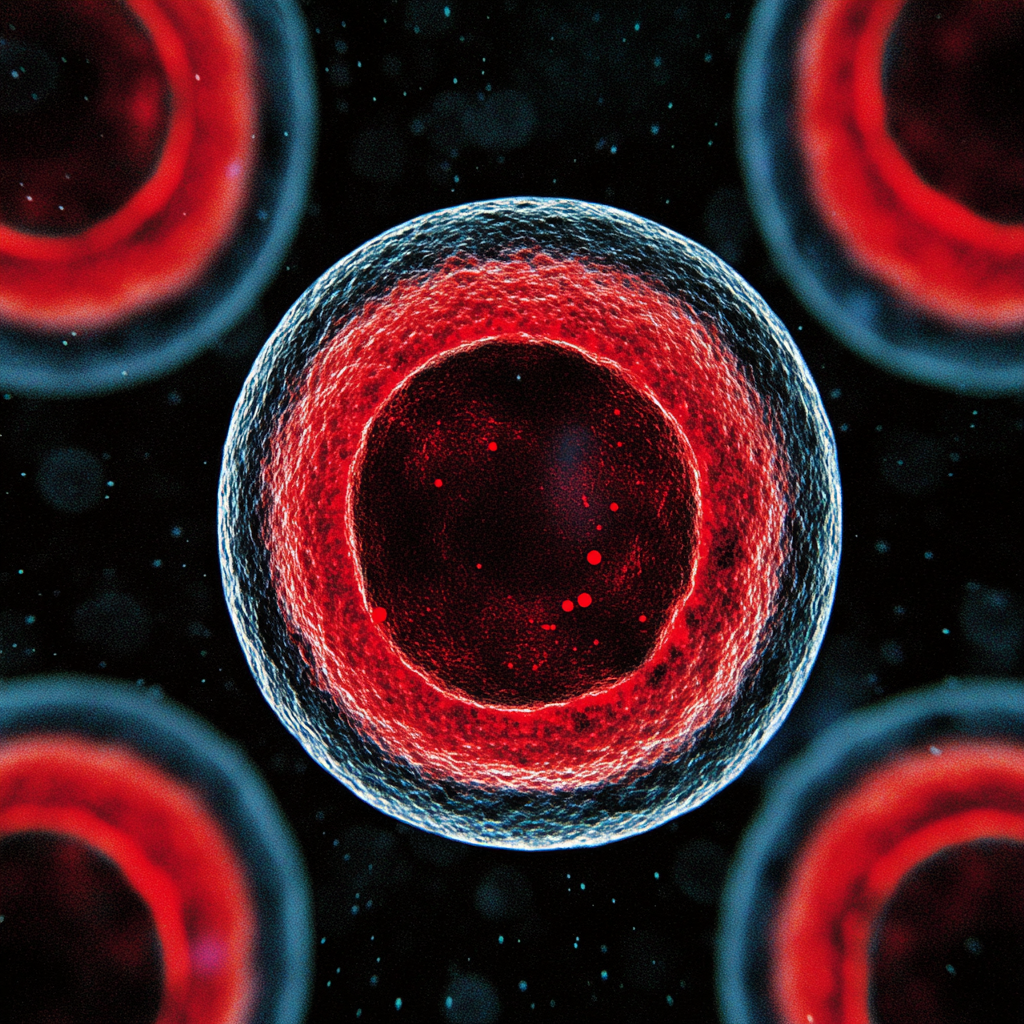Neuroreport. 2025 Sep 3;36(13):767-776. doi: 10.1097/WNR.0000000000002199. Epub 2025 Jul 17.
ABSTRACT
BACKGROUND: High-definition transcranial direct current stimulation (HD-tDCS) enhances cognitive function, but its mechanisms and neural basis in mild cognitive impairment (MCI) are unclear. This study investigated whether HD-tDCS modulates cognition in MCI patients and correlates with resting-state functional MRI (rs-fMRI) measured changes in spontaneous brain activity.
METHODS: Forty-three patients with MCI were randomized to receive 10 sessions of active HD-tDCS targeting the left dorsolateral prefrontal cortex or sham stimulation. rs-fMRI assessed degree centrality (DC) changes before and after the intervention. Cognitive function was evaluated using the Mini-Mental State Examination (MMSE) and Montreal Cognitive Assessment (MoCA). Paired t-tests, independent t-tests, and analysis of variance were used to analyze DC differences and group-by-time interactions, with age, gender, education, and head motion as covariates.
RESULTS: The HD-tDCS group exhibited significant DC increases in the cerebellum, right inferior temporal gyrus, left middle temporal gyrus, right precentral gyrus, and left dorsolateral superior frontal gyrus, with decreases in the left operculum inferior frontal gyrus, left angular gyrus, left superior parietal gyrus, and right superior occipital gyrus (P < 0.05, AlphaSim corrected). Sham stimulation induced minimal DC changes. No significant MMSE/MoCA improvements occurred in either group (P > 0.05).
CONCLUSION: HD-tDCS selectively modulates key nodes of cognitive and motor networks in MCI, as demonstrated by targeted DC alterations. Despite the absence of MMSE/MoCA improvements, this network-specific neuromodulation indicates HD-tDCS engages disease-relevant functional circuits. Longer interventions and sensitive cognitive metrics may clarify clinical relevance.
PMID:40736330 | DOI:10.1097/WNR.0000000000002199
